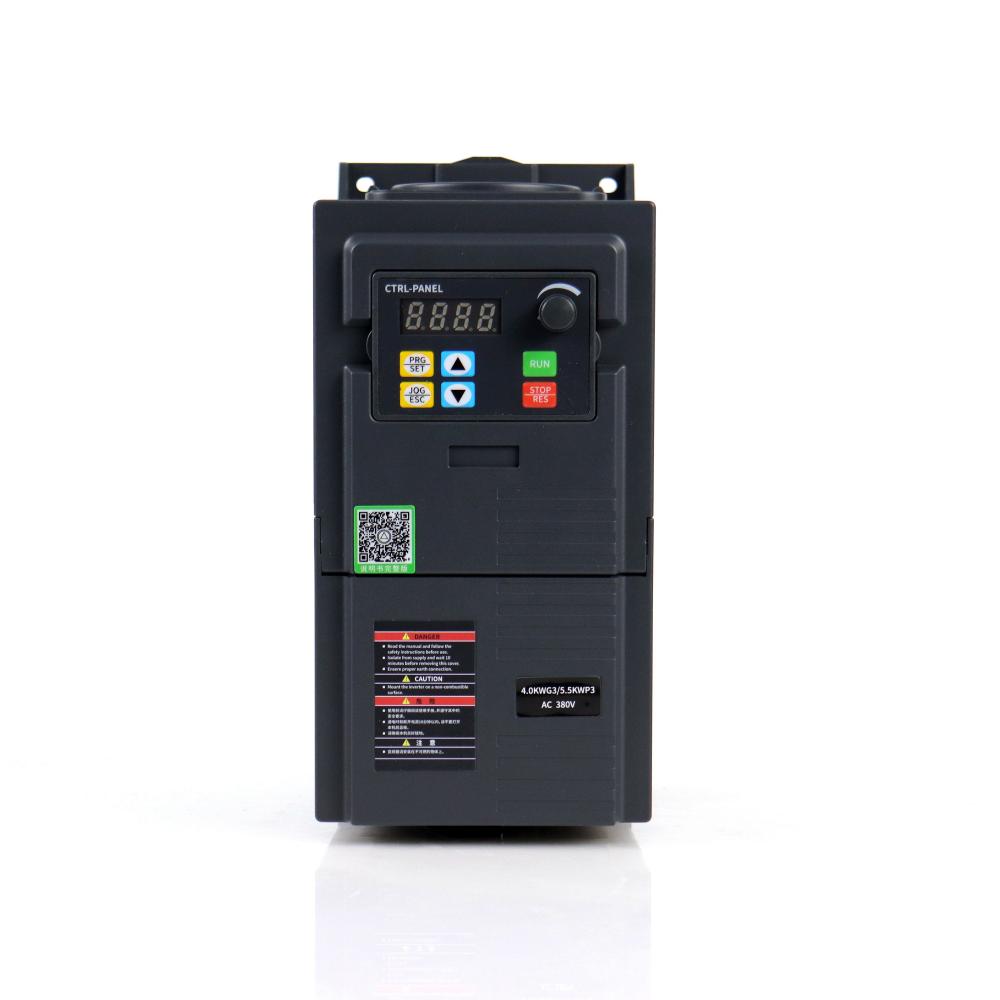Powder fluidity test
-
Powder characterization solution
First, the characteristics of powder representation
The intelligent powder tester is a general term for instruments used to analyze the physical properties of powders. These devices are essential in solving common issues faced in the processing, storage, transportation, and silo management of powder materials. Understanding these properties helps improve efficiency and reduce operational problems in various industries.
The structure of the rat hole; if the compression arch is subjected to the pressure of the silo, the consolidation strength increases to cause arching; the arch-shaped materials interlock at the orifice bridge; the adhesive adheres to the arch moisture, and electrostatic adsorption causes the powder to stick more strongly to the silo wall, increasing the likelihood of arching; air pressure balance arch: when the unloading device is not properly sealed, a large amount of air leaks from the bottom into the chamber, balancing the upper and lower air pressure of the material layer; friction between the material and the solid walls, as well as between particles themselves, can also contribute to flow issues; in the design of the hopper, factors such as the size of the discharge opening, the inclination angle of the hopper wall, and the pressure exerted by the powder on the wall all play a role. Poor design can lead to significant operational challenges.
The different industry properties of the second powder
In the production processes of metallurgical and non-metallic bulk materials, such as in powder metallurgy, food, pharmaceuticals, metals, chemicals, agriculture, and other sectors, the flow of particulate matter is a critical aspect. This includes silo unloading, transport, mixing, fluidization, and solidification.
Gas separation, among other processes, requires careful analysis of the flow characteristics of particulate materials. This is crucial for preventing clogging and ensuring the uniformity and consistency of the components during handling.
Third, the analysis methods commonly used in powder flow characterization
There are multiple analytical methods used for characterizing powder flow. Based on common generalized approaches, we can categorize them into four main types: traditional quantitative methods, shear methods, tumbling methods, and yield stress methods. Each method has its own unique features and applications, which will be discussed in detail below:
3.1. Traditional quantitative methods
This method is currently the most widely used and is also the simplest and most intuitive measurement technique. It primarily evaluates the powder using the Karl index, with measurements including tap density, bulk density, angle of repose (item angle), wiper angle (flat plate angle), collapse angle, difference angle, mass flow rate, volume flow rate, dispersion, void ratio, and more. These parameters help comprehensively assess the flow conditions of the material using the Karl index and Hausnaby index.
However, these test items cannot accurately analyze the intrinsic properties of the powder, and there tends to be a high degree of variation in the results. While this method is suitable for rapid assessment and quality inspection, it provides limited data and may not be sufficient for in-depth analysis.
A vector inverter, also known as a variable frequency drive (VFD) or adjustable speed drive (ASD), is an advanced power electronic device used to convert direct current (DC) power into alternating current (AC) power. It operates by employing complex control algorithms and sophisticated power electronics to regulate the frequency, voltage, and phase of the AC output waveform.
Vector inverters are widely used in various industries and applications due to their ability to provide precise control over the speed and torque of AC motors. By adjusting the frequency and voltage of the AC output, vector inverters can effectively regulate the motor's rotational speed, enabling smooth acceleration, deceleration, and precise positioning. This makes them essential in applications where precise control over motor speed and torque is required, such as industrial machinery, robotics, HVAC systems, and electric vehicles.
One of the key features of vector inverters is their ability to provide vector control, also known as field-oriented control (FOC). Vector control allows for independent control of the motor's magnetizing flux and torque, resulting in improved motor performance and efficiency. By accurately adjusting the motor's magnetic field and torque components, vector inverters can minimize energy losses, reduce motor heating, and enhance overall system efficiency.
In addition to motor control, vector inverters offer a range of advanced features and protection mechanisms. They typically include built-in functions for fault detection, overcurrent protection, overvoltage protection, and thermal protection, ensuring safe and reliable operation of the system. Furthermore, many vector inverters support communication protocols such as Modbus, Ethernet, and Profibus, facilitating integration with supervisory control systems and enabling remote monitoring and control.
Vector inverters are also extensively used in renewable energy systems, such as wind turbines and solar photovoltaic (PV) systems. They play a crucial role in converting the variable DC power generated by renewable sources into stable and grid-compatible AC power. By efficiently tracking and regulating the power output, vector inverters enable optimal power harvesting from renewable sources while ensuring grid stability and compliance with grid codes.
Overall, vector inverters are versatile devices that provide precise and efficient control over AC motors, making them indispensable in a wide range of industrial, commercial, and residential applications. With their advanced features, protective mechanisms, and compatibility with renewable energy systems, vector inverters contribute to enhanced energy efficiency, improved system performance, and sustainable energy utilization.

Power electronics, DC to AC conversion, Frequency control, Voltage regulation, Phase synchronization
WuXi Spread Electrical Co.,LTD , https://www.vfdspread.com